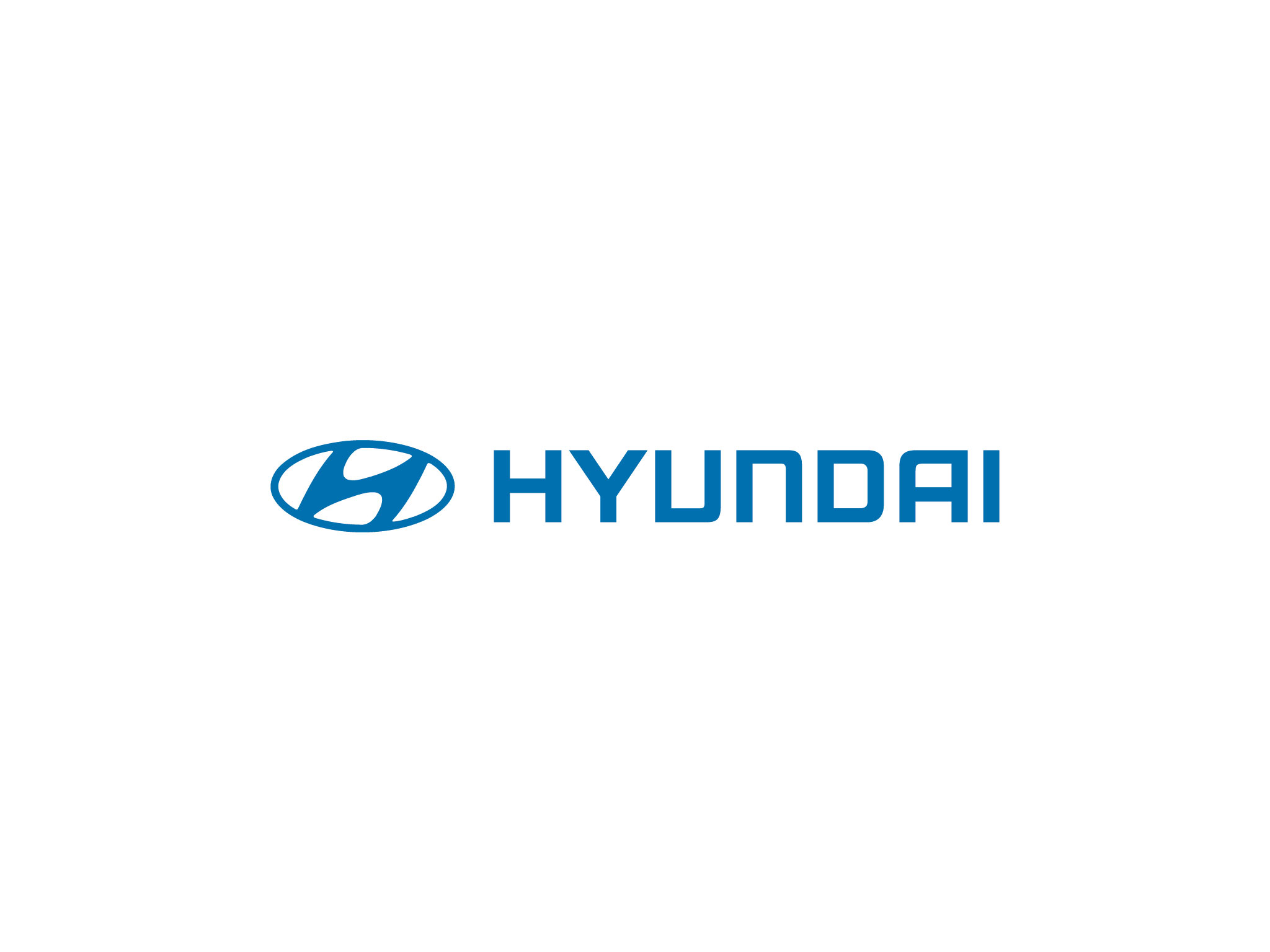Looking For Inspiration? Try Looking Up Ignition Barrel Repair
Ignition Barrel Repair: A Comprehensive Guide
An ignition barrel is a crucial component of any lorry's ignition system. It is the part of the ignition lock that houses the key cylinder, which communicates with the automobile's electrical system to begin the engine. Over time, wear and tear, as well as environmental elements, can result in problems with the ignition barrel. This article will explore ignition barrel repair, attending to typical problems, repair procedures, and valuable tips to make sure a smooth procedure.
Understanding the Ignition Barrel
The ignition barrel is frequently referred to as the ignition switch or ignition lock. Found on the guiding column or control panel, it is the part where the key is inserted. It has a number of functions, including:
- Activating the electrical system: When the key is turned, it connects the battery to the ignition system.
- Beginning the engine: It makes it possible for the starter motor to crank the engine.
- Making it possible for accessory power: It allows the usage of electrical parts when the ignition remains in the 'ACC' position.
Due to the fact that of these essential functions, any breakdown in the ignition barrel can render a lorry unusable.
Common Issues with Ignition Barrels
Several problems can occur with ignition barrels, leading to the need for repair. A few of the most common concerns include:
- Key getting stuck: This is frequently caused by internal wear or misalignment within the ignition barrel.
- Trouble turning the key: Dirt and debris build-up or harmed components can hinder key function.
- Electrical failure: A malfunctioning ignition barrel can stop electrical parts from getting power.
- No action when the key is turned: This might show a failed ignition switch or a broken connection.
Steps for Repairing Ignition Barrels
Repairing an ignition barrel needs a systematic method to guarantee security and correct functionality. Below are the steps to follow:
Tools and Materials Needed
Before starting the repair process, collect the following tools and materials:
- Flathead and Phillips screwdrivers
- Replacement ignition barrel (if essential)
- Lubricant
- Wrench set
- Electrical contact cleaner
- Adhesive or sealant (if required)
- Safety safety glasses and gloves
Repair Procedure
Preparation:
- Disconnect the vehicle's battery to avoid electrical shock or accidental ignition during repairs.
Removing the Steering Wheel (if needed):
- Some cars may require removal of the guiding wheel to access the ignition barrel.
- Utilize a socket set to remove the steering wheel nut and thoroughly remove the wheel.
Eliminate the Ignition Column Cover:
- Use the suitable screwdriver to get rid of screws securing the guiding column cover and carefully pry it away.
Gain Access To the Ignition Barrel:
- Locate the ignition barrel, which is frequently kept in location by bolts or screws.
- Remove any protective covers if necessary.
Examine the Ignition Barrel:
- Examine the cylinder and internal parts for wear, particles, or damage.
- Examine for any broken connections that may need repair.
Cleaning and Lubrication:
- Use electrical contact cleaner to eliminate dirt and gunk from the ignition barrel.
- Use a little amount of lube to the moving parts to ensure smooth operation.
Replace the Ignition Barrel (if needed):
- If the barrel is significantly harmed, it might be best to replace it.
- Remove the damaged ignition barrel, bearing in mind of the wiring connections.
- Install the new ignition barrel by connecting the wires and securing it in place.
Reassemble the Steering Column:
- Replace any covers or elements that were gotten rid of, ensuring all screws are tightened effectively.
- Reattach the guiding wheel if it was removed.
Reconnect the Battery:
- Once everything is firmly reassembled, reconnect the lorry's battery.
Checking:
- Test the ignition barrel by placing the key and trying to start the vehicle.
- Ensure all functions work properly, consisting of accessory power and beginning.
Maintenance Tips for Ignition Barrels
Preventive maintenance can help extend the life of an ignition barrel:
- Regular Cleaning: Periodically tidy the ignition barrel to eliminate debris and avoid sticking.
- Use Quality Keys: Avoid utilizing bent or used keys, as this can worry the ignition barrel.
- Limit Excess Force: Do not force the key if it gets stuck; this could trigger internal damage.
- Expert Inspection: Have the ignition barrel checked during routine upkeep checks.
FAQs about Ignition Barrel Repair
1. How do Ignition Switch Repair know if my ignition barrel requires repair?
- If you experience trouble beginning your lorry, the key gets stuck, or there is no power to the ignition system, it might be time for a repair.
2. Can I repair an ignition barrel myself?
- Lots of repairs can be done at home with standard tools, but if you are not sure, it might be best to seek advice from a professional.
3. Just how much does ignition barrel repair cost?
- Costs differ based on the lorry make and design, and whether parts need to be changed. Fundamental repairs may cost between ₤ 100 to ₤ 300, while changing the ignition barrel can run greater.
4. What are the threats of not fixing a defective ignition barrel?
- Ignoring ignition barrel issues can lead to being stranded, prospective lockouts, or even electrical failures that can affect other automobile systems.
5. How long does an ignition barrel repair take?
- Repairs can normally be completed in one to two hours, depending on the intricacy of the issue and ease of access of the barrel.
Fixing an ignition barrel is a crucial upkeep job that guarantees the reputable performance of a car. By understanding the common concerns connected with ignition barrels and following a methodical repair procedure, lorry owners can maintain their vehicles more efficiently and prevent additional problems. Routine maintenance and timely attention to ignition barrel issues can make an essential difference in ensuring a smooth and uninterrupted driving experience.
